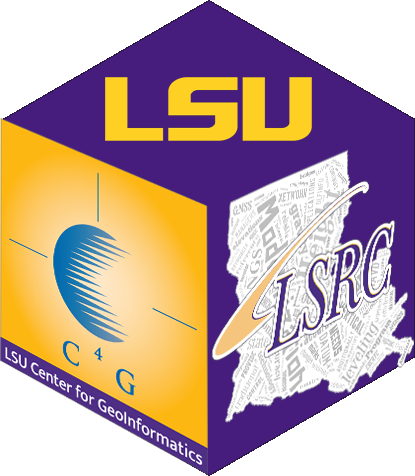About Global Navigation Satellite Systems
A satellite navigation or satnav system is a system of satellites that provide autonomous geo-spatial positioning with global coverage. It allows small electronic receivers to determine their location (longitude, latitude, and altitude/elevation) to high precision (within a few meters) using time signals transmitted along a line of sight by radio from satellites.
The signals also allow the electronic receivers to calculate the current local time to high precision, which allows time synchronization. A satellite navigation system with global coverage may be termed a global navigation satellite system (GNSS).
As of September 2020, the United States' Global Positioning System (GPS), Russia's Global Navigation Satellite System (GLONASS), China's BeiDou Navigation Satellite System, and the European Union's Galileo are fully operational GNSSs. Japan's Quasi-Zenith Satellite System (QZSS) is a (US) GPS satellite-based augmentation system to enhance the accuracy of GPS, with satellite navigation independent of GPS scheduled for 2023. The Indian Regional Navigation Satellite System (IRNSS) plans to expand to a global version in the long term.
Global coverage for each system is generally achieved by a satellite constellation of 20–30 medium Earth orbit(MEO) satellites spread between several orbital planes. The actual systems vary but use orbital inclinations of >50° and orbital periods of roughly twelve hours (at an altitude of about 20,000 kilometers or 12,000 miles).
Other C4G Fields of Research
• GeoInformatic • Geodesy • Spatial analysis • Remote sensing • Photogrammetry • Tectonic subsidence • Plate tectonics • GIS - geographical information science • Web mapping • Cartography •
